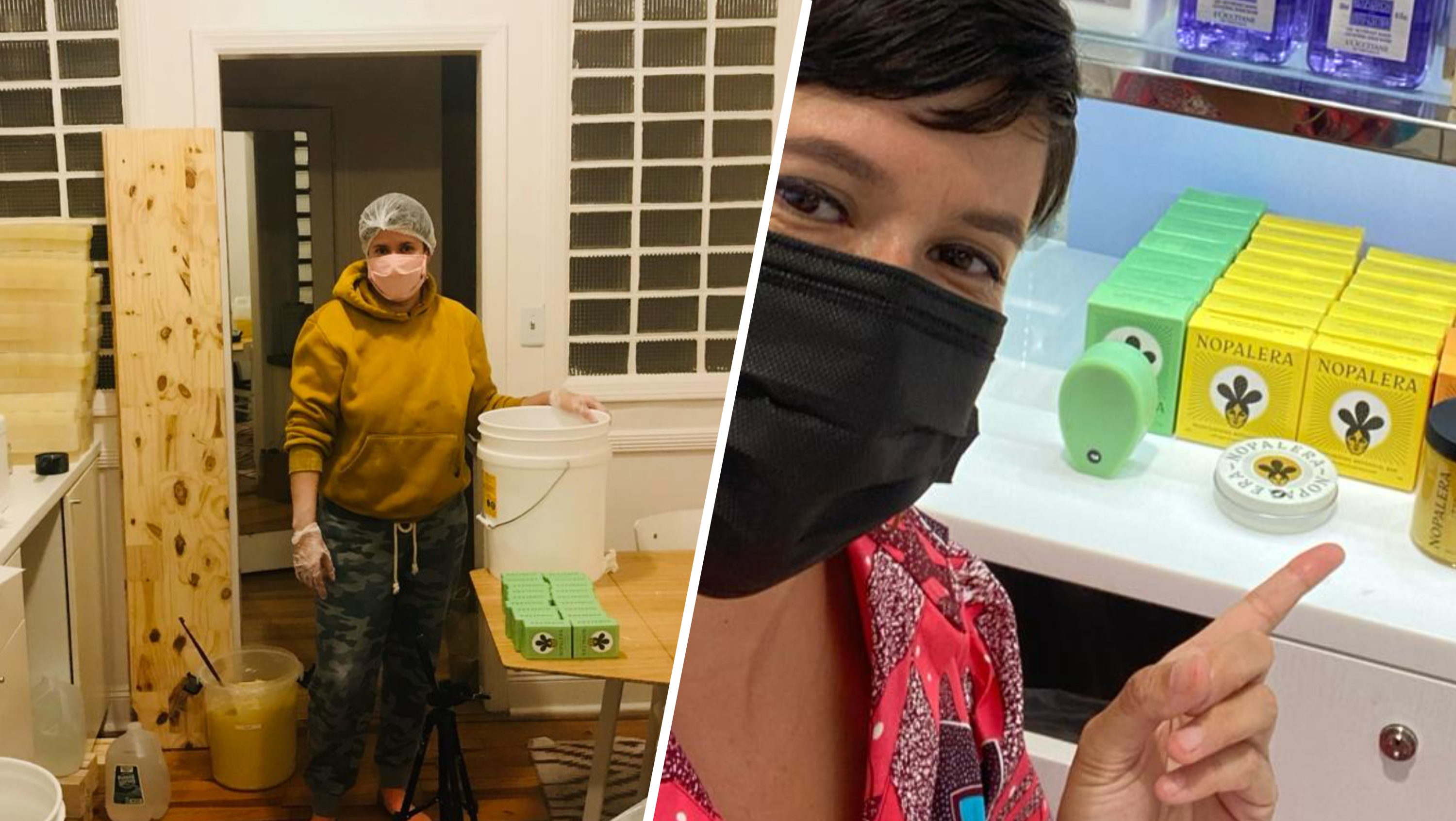Connecticut plans to bring all students back to the classroom in the fall, according to details released on Thursday.
Department of Education Commissioner Miguel Cardona said Thursday the plan is based on the current situation involving COVID-19 cases in the state but the plan could change if the state's health situation changes.
"No plan is static," Cardona said.
Cardona joined Gov. Ned Lamont at a news conference.
“While we’ve made good strides to mitigate the impact of COVID-19 in Connecticut, the virus hasn’t gone away and we need to do what we can to keep students and staff safe while also doing our best to provide our young people with access to an education that prepares them for the future,” Governor Lamont said. “Working with public health and medical experts, and with the support of our educators, we are preparing a number of steps that protect the health and safety of everyone who makes contact with our school system.”
The Department of Education worked closely with the state Department of Public Health to come up with the planned school restart, as well as a set of recommendations for school districts as they welcome students back to school.
"It is by far the most important school year of any educator and any leader in the State of Connecticut," Cardona said.
U.S. & World
The state is requiring school districts to plan to bring all students back for all-day learning.
It is recommended that school districts use a "cohorting" system, keeping the same students in small groups based on classrooms. Those students would function separately from other groups in the school, according to Cardona.
He said the "cohorting" strategy would work best the kindergarten through the 8th-grade level but admitted it would be more difficult in high school.
Schools would need to maximize social distancing and all students and staff should wear face masks that cover the nose and mouth, Cardona said. There would be exceptions made for medical purposes or in some instances when a teacher would provide instruction from a safe distance.
In many instances, school hallways would be rerouted to be one direction only to cut down on the number of students passing each other. School districts would also be encouraged to use gymnasiums or auditoriums to potentially alleviate classroom size and promote social distancing.
Cardona said a team is being put together at the state level to help districts identify areas in school buildings that might be utilized for additional classroom space.
The recommendations include having students eat lunch in their classrooms or outside when possible.
COVID testing of students and staff and temperature checks at school are not part of the guidelines from the state. After consulting state health experts, Cardona said it was determined those measures would not have a benefit.
School Buses
Based on the state's current health data, the guidelines recommend school buses be used at or near full capacity. Students should wear face masks on the bus. The current recommendations do not include a plan to limit the number of students to a seat or sit them in every other row, Cardona said.
If Connecticut sees an increase in community transmission of the coronavirus in the next two months or into the fall, there would be a plan to cut down on the number of students on buses, according to Cardona.
Distance Learning
School districts will also be required to come up with alternative plans for learning if the state sees an increase in COVID-19 cases in the fall. One alternative plan would be a hybrid option, that would include some in-person learning and some remote learning at home.
The second plan would be implemented if the state saw a large spike in its coronavirus metrics that required another shutdown and a return to full distance learning.
Cardona also acknowledged there may be some parents who are not comfortable sending their children back to school without a vaccine available.
“I think we also have to respect everyone’s level of comfort and we do that by assuring them that the safeguards that we’re putting in place are intended to allow students to come back but we recognize that families are in different places," Cardona said.
In those instances, school districts should make arrangements to allow those students to continue distance learning from home.
The Department of Education sought input from educators, parents, and students through surveys, focus groups, and webinars, according to Cardona.
Union Response
The Connecticut Education Association and AFT Connecticut, unions that represent tens of thousands of educators in Connecticut, said the plans outlined weren't specific enough for a school environment, and that they still have serious health and safety concerns.
“The safety and health of our public school communities must be first and foremost in any plans to reopen buildings so that educators can teach and students can learn. The road map to return to in-person classroom instruction must be clear, universal and focused on science and the advice of top health experts. It must not jeopardize the health and well-being of our school populations.
“Governor Lamont’s plan, released today, is short on specifics and doesn’t address some of the most pressing issues associated with reopening our buildings this fall. The new plan raises many concerns and leaves dozens of unanswered questions regarding how schools will operate in a COVID-19 (novel coronavirus) world. Simply directing district officials to follow generic CDC (Centers for Disease Control) recommendations, without customizing requirements for the realities of our school settings, is insufficient for a safe statewide reopening.
“Schools should not represent exceptions to widespread standards of health and safety. Educators and school staff deserve the kinds of standard protections from infection that have become familiar in every workplace across the state.
“Our dedicated educators look forward to returning to the classroom. Accommodations must be made, especially for those at higher risk, and appropriate guidelines must be in place to provide a safe learning and teaching environment. Those include:
- smaller class sizes;
- routine testing for COVID-19;
- monitoring health and well-being of all students;
- state-provided personal protective equipment (PPE);
- disinfecting schools daily; and
- cleaning classrooms, hallways, bathrooms and commonly shared areas and equipment, including desks and computers, to provide a safe learning and teaching environment.
“Before Connecticut parents send their children into school buildings this fall, they must feel confident that districts have the funds necessary to make schools safe havens. They must know that everyone is following CDC guidelines for health and safety — and that our buildings are not incubators for spreading COVID-19.
“There are deep disparities that exist among our school communities, especially in our Alliance Districts. We need to ensure that they all have access to the resources needed to implement social distancing and CDC guidelines in order to keep our schools healthy and safe. We need more, not less, funding as our students return to school and rebound from the pandemic and the inevitable learning loss and trauma that come with it.
“Failing to fund our future means we will see greater inequities across our districts and jeopardize the well-being of everyone in those communities.
“Now is not the time to undo all the sacrifices and progress that we have been making over the past few months. Nothing could be worse than putting our students and educators in harm’s way due to the lack of a well-funded, well-thought-out strategic plan for our public schools.
“Successfully returning to in-person learning depends largely on local districts ensuring a real voice for all stakeholders — educators, parents and other school community members — in determining our ‘new normal.’ Teachers and school support staff must have the opportunity to provide input, ideas and proposals to districts and the state’s education department to ensure students and our members’ safety.
“We are eager to bring education back into school buildings for many reasons: to improve academic and other outcomes for all students — and allow parents to get back to work. We know learning is more equitable and effective when it takes place in person, with the kind of responsive community environment that our children deserve. That also requires providing adequate health and safety measures.”



